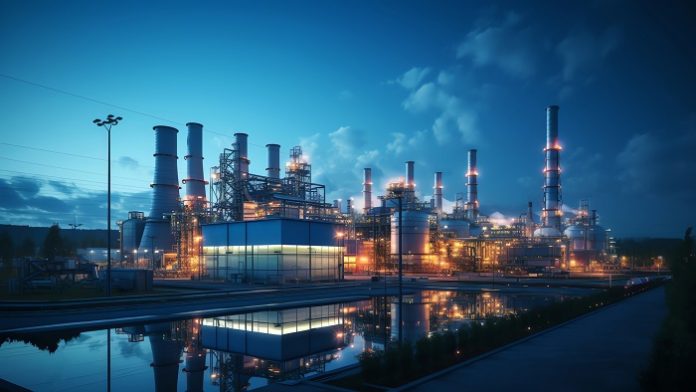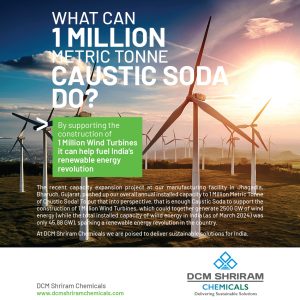According to a forecast by S&P Global Commodity Insights, clean energy technology investments will exceed upstream oil and gas spending for the first time in 2025.
The investments are expected to reach $670 billion, with solar photovoltaic (PV) technology accounting for half of this spending and generating two-thirds of the total installed megawatts.
Expansion of Solar and Wind Capacity
The global energy landscape is poised for significant growth in solar and wind power.
At least 620 GW of new solar and wind capacity will be added worldwide, surpassing the combined power system capacity of India, Pakistan, and Bangladesh.
The growth is indicative of the accelerating shift towards renewable energy sources.
Growth in Battery Energy Storage Systems
Battery energy storage systems (BESS) are also poised for rapid expansion. By 2025, BESS will surpass pumped hydro storage in terms of installed capacity.
The growth is vital for ensuring that renewable energy sources like solar and wind are efficiently integrated into the grid and are available when needed.
Large-scale battery storage systems are set to double their deployment by 2025.
AI-Powered Solutions Revolutionizing Energy Management
The development of practical AI-based solutions is transforming the renewable energy sector.
These solutions are now capable of forecasting renewable energy generation and planning electricity grids, which enhances energy management and facilitates the connection of more renewable resources to power grids.
Clean Power Demand in Data Centers
Data centers, which are significant energy consumers, are also driving the demand for clean energy.
By 2030, data centers are projected to purchase approximately 300 TWh of clean power annually.
This increase in demand is part of a broader trend towards sustainability across various industries.
Ammonia’s Role in Low-Carbon Hydrogen Production
In addition to advancements in renewable energy technologies, ammonia is gaining recognition as a key component in low-carbon hydrogen production.
The growing importance of ammonia is expected to drive the global transition to cleaner energy sources.
Surge in Carbon Capture, Utilization, and Storage (CCUS) Projects
Carbon capture, utilization, and storage (CCUS) technologies are also on the rise, with substantial growth anticipated in related projects.
Government policies, such as the US Inflation Reduction Act and India’s production-linked incentive scheme, are playing a crucial role in fostering clean energy production and strengthening supply chain resilience.
Shifting Global Energy Market Dynamics
The global energy market is undergoing a transformation driven by clean energy technologies and shifting trade dynamics.
US-China trade tensions, particularly high tariffs on cell exports from four Southeast Asian nations, are reshaping the photovoltaic manufacturing sector.
In response, India is ramping up its PV manufacturing for US exports, while Saudi Arabia is emerging as a new hub for Chinese PVs and batteries.
Conclusion
The global energy market is clearly transitioning toward cleaner, more sustainable technologies.
The future of energy is becoming increasingly clean and interconnected. This is driven by significant investments in solar, wind, and storage technologies. Additionally, the integration of AI-driven solutions plays a key role.
As reported by manufacturingtodayindia.com, government policies play a supportive role. Additionally, the changing dynamics of international trade further strengthen the shift toward a more sustainable global energy system.
































